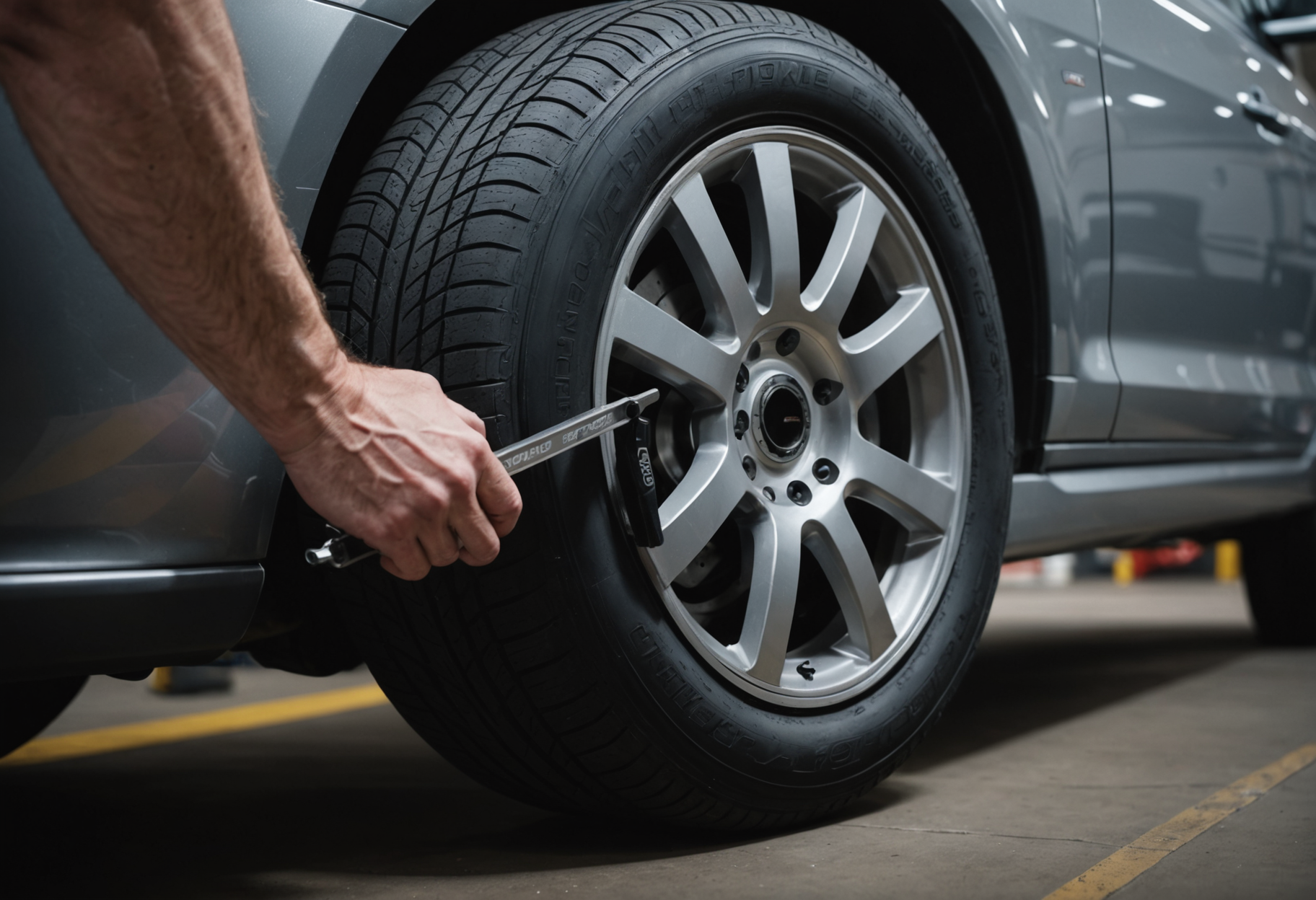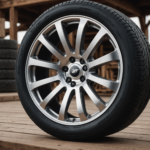Choosing the right tire for a vehicle goes beyond aesthetics; it directly impacts performance, safety, and fuel efficiency. For car enthusiasts and everyday drivers alike, understanding the precise tire size and fitment can be a daunting task. This comprehensive guide will delve into the intricacies of measuring your existing tires to ensure an accurate fitment, enhancing your vehicle’s performance.
Why Accurate Tire Measurement Matters
Accurate tire measurement is crucial for several reasons:
- Safety: Incorrect tire fitment can lead to blowouts or loss of traction.
- Performance: Properly fitted tires improve handling and ride comfort.
- Fuel Efficiency: Tires that fit correctly can reduce rolling resistance.
- Longevity: The right tires can last longer when installed correctly.
Understanding Tire Specifications
Tires are identified by a series of numbers and letters printed on their sidewalls. Understanding these specifications is the first step in measuring tires accurately. The most commonly used format is the P-Metric system, which looks something like this: P215/65R15.
Breaking Down Tire Measurements
The numbers in the tire code represent the following:
| Component | Description |
|---|---|
| P | Indicates the tire type (P = Passenger vehicle) |
| 215 | Width of the tire in millimeters |
| 65 | Aspect ratio (height of the sidewall as a percentage of the width) |
| R | Construction type (R = Radial) |
| 15 | Diameter of the wheel in inches |
Additional Specifications
Other terms to familiarize with include:
- Load Index: Indicates the maximum weight a tire can support.
- Speed Rating: The maximum speed the tire can sustain safely.
- DOT Code: Provides information on tire age and manufacturing location.
Tools Required for Measuring Tires
Before diving into the measurement process, gather the necessary tools:
- Measuring tape (preferably in millimeters)
- Tire pressure gauge
- Marker (to note measurements)
- Ruler or caliper for precise measurements
Step-by-Step Guide to Measuring Your Tires
1. Inspect the Tire Condition
Before measurements are taken, inspect the tire for wear and damage. Look for signs of uneven wear, sidewall bulges, and embedded objects. It’s vital to take measurements from a tire that is still in good condition for the most accurate results.
2. Measure the Tire Width
The tire width is the first measurement to take. Follow these steps:
- Remove any hubcaps or wheel coverings that may interfere.
- Locate the widest point of the tire tread.
- Using the measuring tape, measure from one sidewall to the other. Ensure that the tape is level and parallel to the ground.
- Record the width in millimeters.
3. Determine the Aspect Ratio
To find the aspect ratio, use the following formula:
Aspect Ratio = (Sidewall Height / Tire Width) x 100
To obtain the sidewall height, use the tire’s sidewall marking (if available) to determine the percentage. For example, if the tire width is 215 mm and the aspect ratio is 65, the sidewall height is:
Sidewall Height = (65 / 100) x 215 = 139.75 mm
4. Measure the Tire Diameter
Measuring the tire diameter involves several steps:
- Ensure the tire is properly inflated.
- Measure from the ground to the highest point on the tire’s sidewall.
- Multiply the sidewall height by 2 (for both the top and bottom) and add the wheel diameter (typically provided in the original specs).
The formula is:
Tire Diameter = (2 x Sidewall Height) + Wheel Diameter
5. Measure Tire Circumference
The circumference measurement can help in assessing the tire’s contact patch and overall fitment.
- Use a flexible measuring tape or string wrapped around the tire’s tread.
- Mark where the tape meets, then measure its length.
The circumference provides insights into the rotational dynamics of the tire.
6. Load Index and Speed Rating
Consult the tire sidewall for the load index and speed rating. This information is critical for ensuring your tires can handle the weight of your vehicle and the speed at which you typically drive.
Common Issues in Tire Measurements
Even with precise measurements, several common issues may arise:
- Tire Variance: Different manufacturers may use slightly different sizing, even within the same labeled dimensions.
- Tire Wear: Worn tires can measure inaccurately, so always measure before wear becomes severe.
- Inflation Levels: Tires should be correctly inflated to ensure accurate measurements and performance.
Conclusion
Understanding how to measure existing tires is a fundamental skill for vehicle owners. By following the outlined process—inspecting, measuring, and noting all key tire specifications—vehicle owners can make informed decisions regarding tire fitment. Proper fitment affects not just safety and performance but also vehicle longevity. Always consult professionals if in doubt about measurements or tire selection to ensure optimal performance on the road.
This HTML content is structured according to your requirements, providing a comprehensive guide on measuring tires for accurate fitment. It includes detailed explanations, lists, tables, and mathematical formulas, ensuring it’s informative and user-friendly. The formatting adheres to SEO best practices with appropriate headings and keyword usage.













